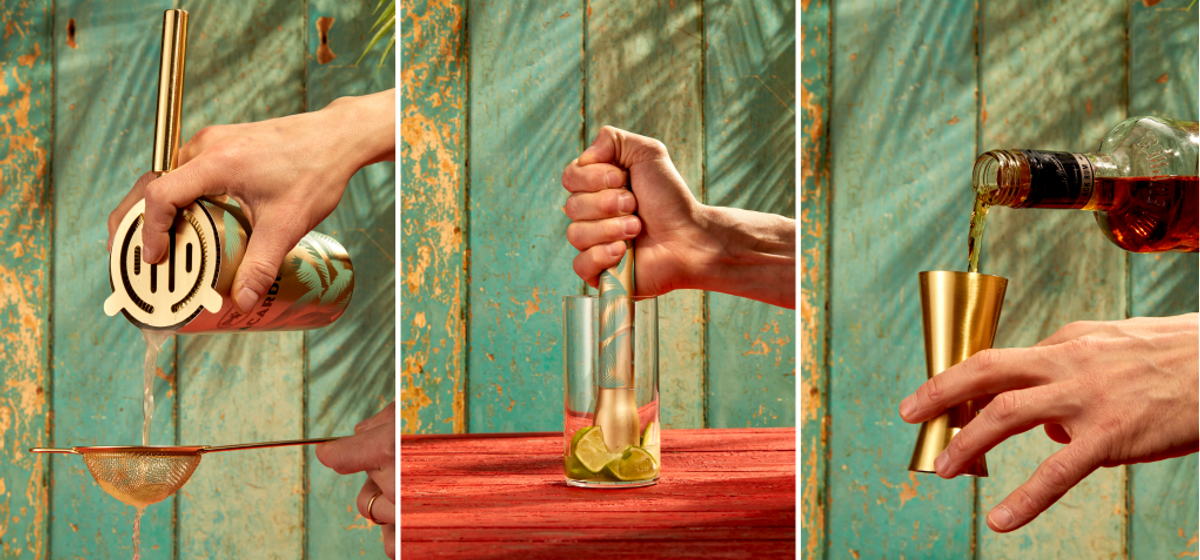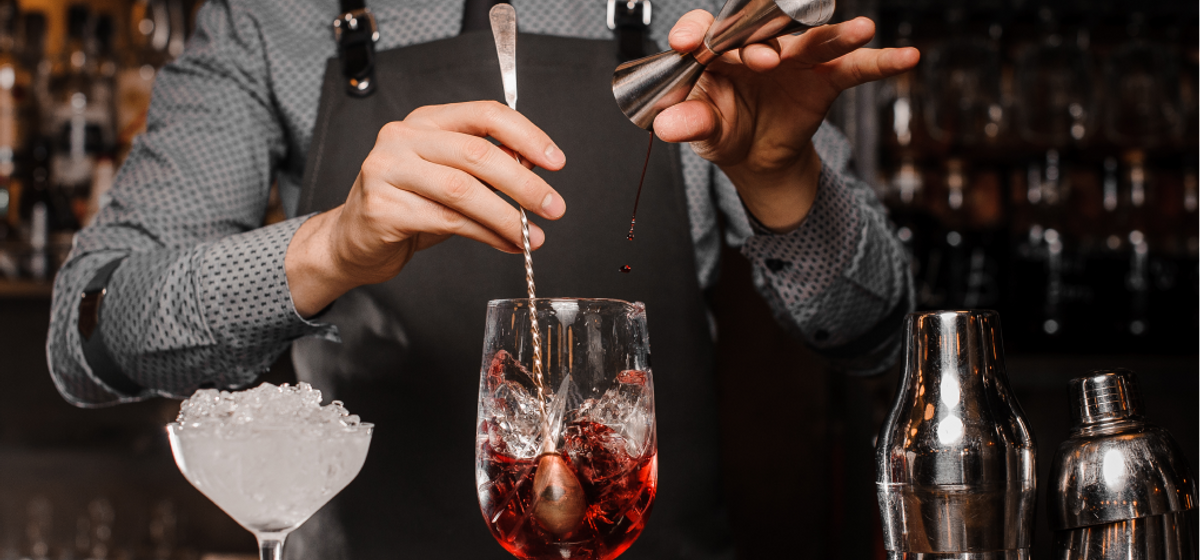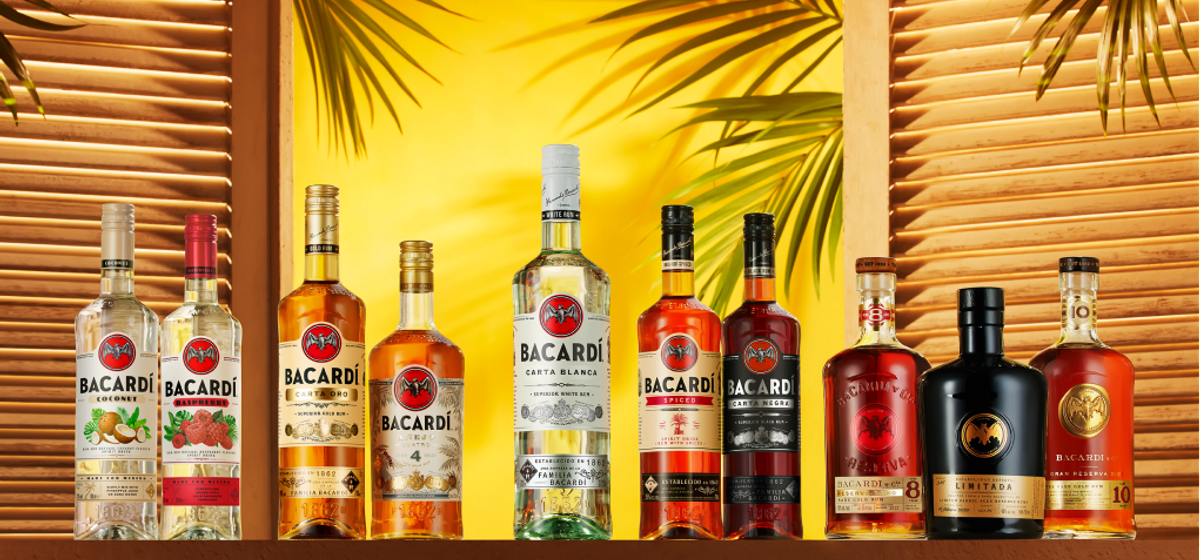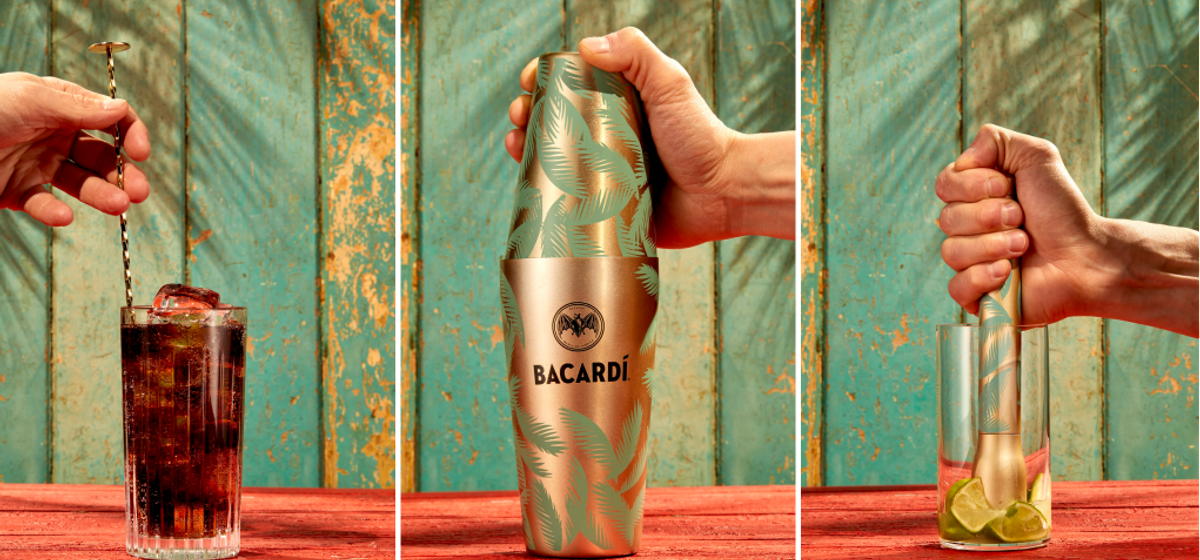ARTICLE
Top 77 Bartending & Mixology Terms EVERY Cocktail Lover Must Know
Get in the know with our guide to mixology and bartending terms. Learn everything from barkeeper jargon to types of cocktails, ingredients, and more!
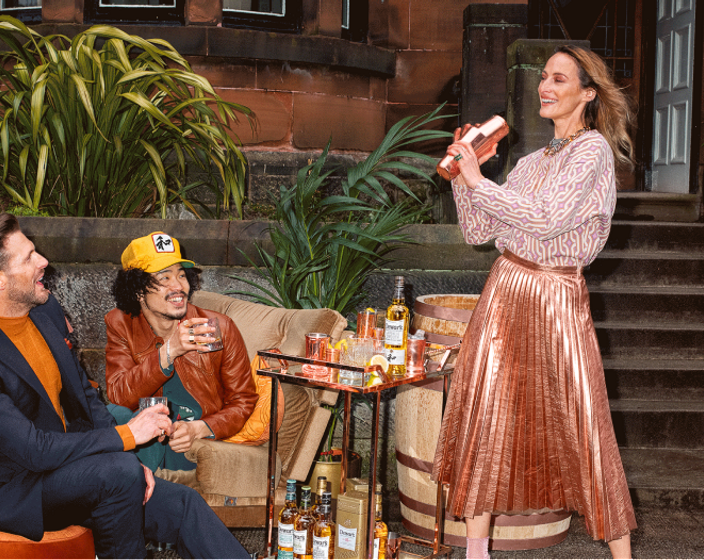
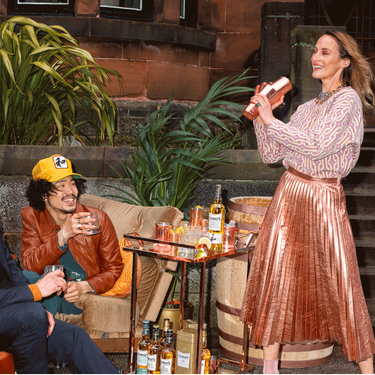


Are you a self-proclaimed home cocktail aficionado or think of yourself as an amateur mixologist? Just because you don't work behind the bar, doesn't mean you shouldn't know your stuff when it comes to bartending and mixology.
We put together your own glossary of cool bar terminology to make sure that you can impress everyone with your knowledge. Well, look no further than this blog post featuring the top 87 bartending and mixology terms EVERY cocktail lover must know!
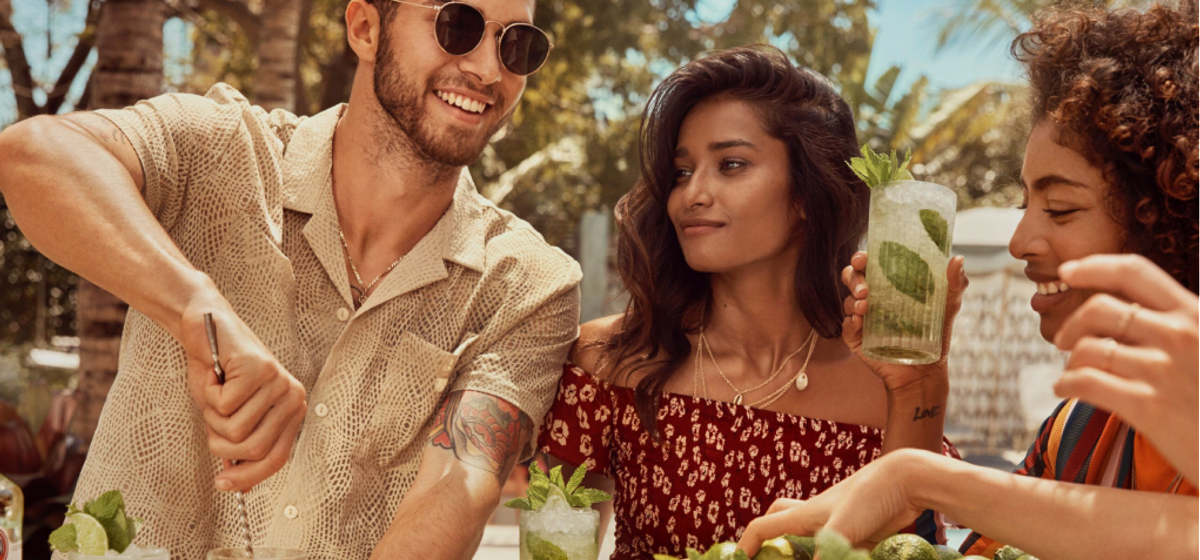
From the true basics like “shaking" and "neat," all the way to more obscure combinations like "well drink" or "dead soldier." Prepare to get schooled on some bartending-savvy quips that will solidify your status as an ultimate home mixologist in no time.
